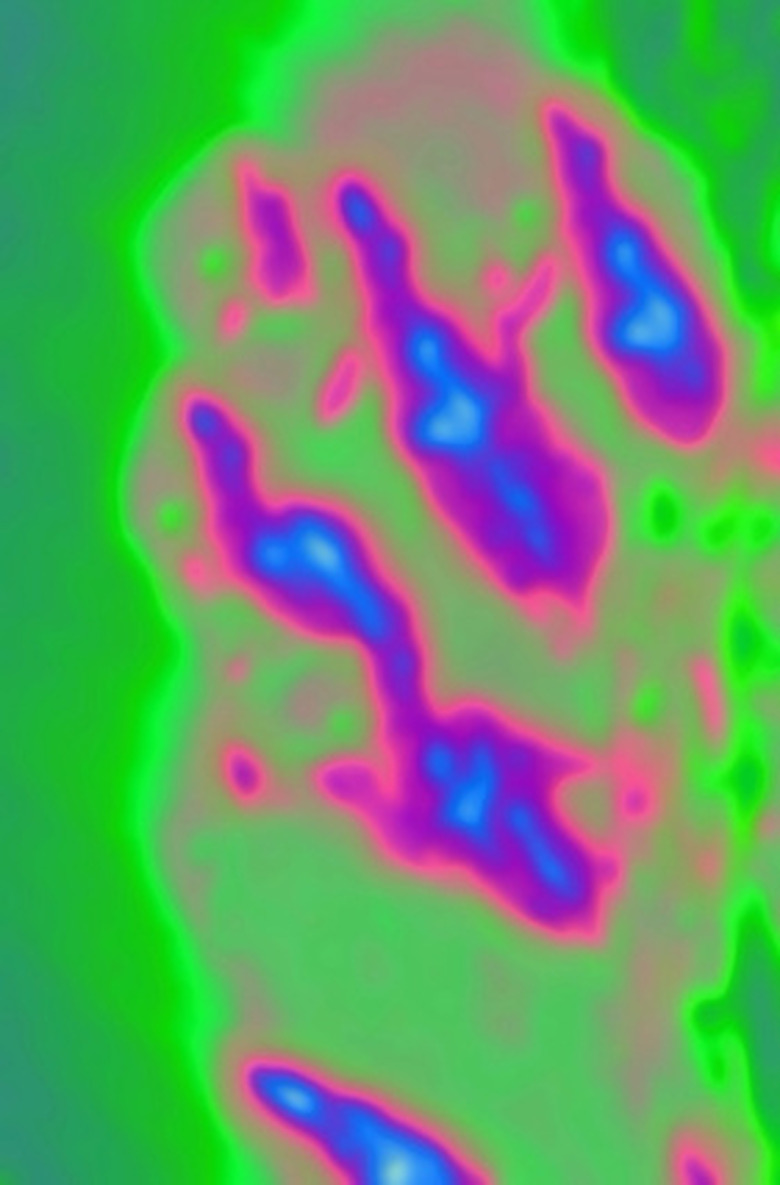Why Are Electron Microscopes Important?
Not all microscopes use lenses. If you're like most people, the microscope you used in high school was a light-based microscope. Electron microscopes work using completely different principles. Electron microscopes are important for the depth of detail they show, which has led to a variety of important discoveries. Understanding their importance requires an understanding of how they work, and how this has led to further discovery.
Strength
Strength
The reasons these microscopes are so important is the sheer level of detail that can be seen with them. Standard, light-based microscopes are limited by the inherent limitations of light, and as such can only magnify to 500 or 1000 times. Electron microscopes can exceed this by far, showing details as small as the molecular level. This means electron microscopes can be used to examine things only theoretically known before 1943, when the electron microscope was invented.
Use
Use
These microscopes are used in a variety of studies, including physics, chemistry and biology. Because of the incredible amount of detail these microscopes allow for, they've led to advances in the fields of medicine, and are widely used in the field of forensics.
How it works
How it works
A traditional microscope uses light and lenses to magnify a given specimen; electron microscopes, as their name suggests, utilize electrons instead. Positive electrical potential is used to send electrons toward the specimen in a vacuum, which are then focused using apertures and magnetic lenses. The magnetic lenses can be adjusted, much like the glass ones, to focus the image. The beam of electrons is impacted by the specimen in such a way that can be interpreted, resulting in an image of immense detail.
Limitations
Limitations
Because the image resulting from the electron microscope is based on the electrons' interactions with matter, not from light, images from an electron microscope are not in color. Also, because of the immense level of detail, any movement in a specimen will result in an entirely blurred image. As such, any biological specimen must be killed before being examined with an electron microscope. The process requires examined specimens to be in a vacuum, so no biological specimen could survive the process of examination anyway.
Implications
Implications
The electron microscope ushered in a new era of discoveries printed in academic journals. Atoms were seen by the human eye, as opposed to being merely conceived of. Knowledge of cell structures in plant and animal life increased dramatically as scientists got a first-hand view of the structures themselves. This led to a variety of further scientific discoveries throughout the second half of the 20th century, and continues to lead to such discoveries today.
Cite This Article
MLA
Pot, Justin H.. "Why Are Electron Microscopes Important?" sciencing.com, https://www.sciencing.com/electron-microscopes-important-5312071/. 24 April 2017.
APA
Pot, Justin H.. (2017, April 24). Why Are Electron Microscopes Important?. sciencing.com. Retrieved from https://www.sciencing.com/electron-microscopes-important-5312071/
Chicago
Pot, Justin H.. Why Are Electron Microscopes Important? last modified March 24, 2022. https://www.sciencing.com/electron-microscopes-important-5312071/
